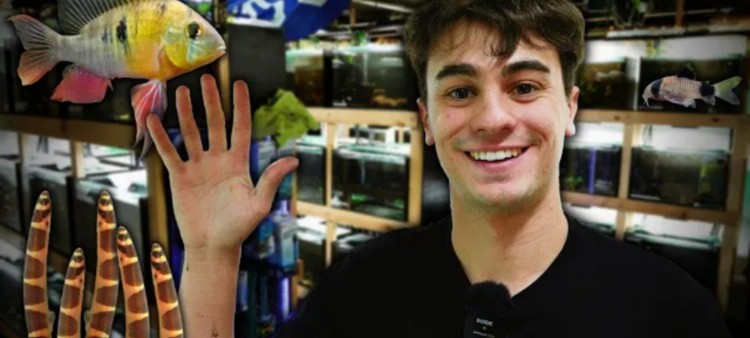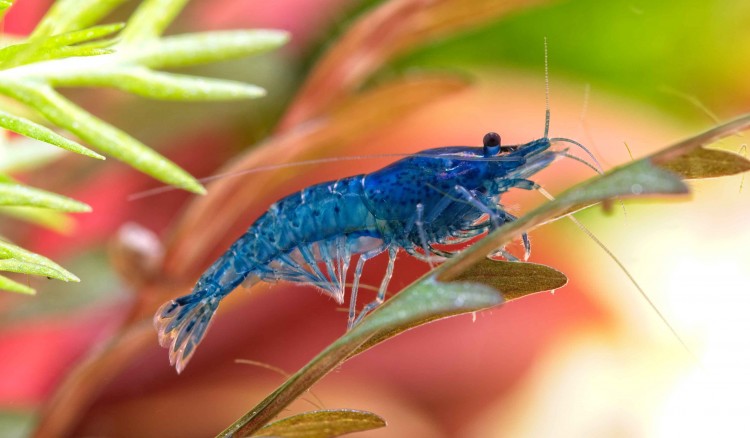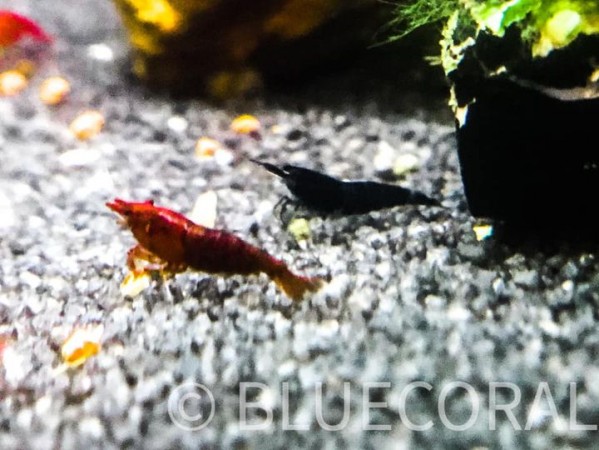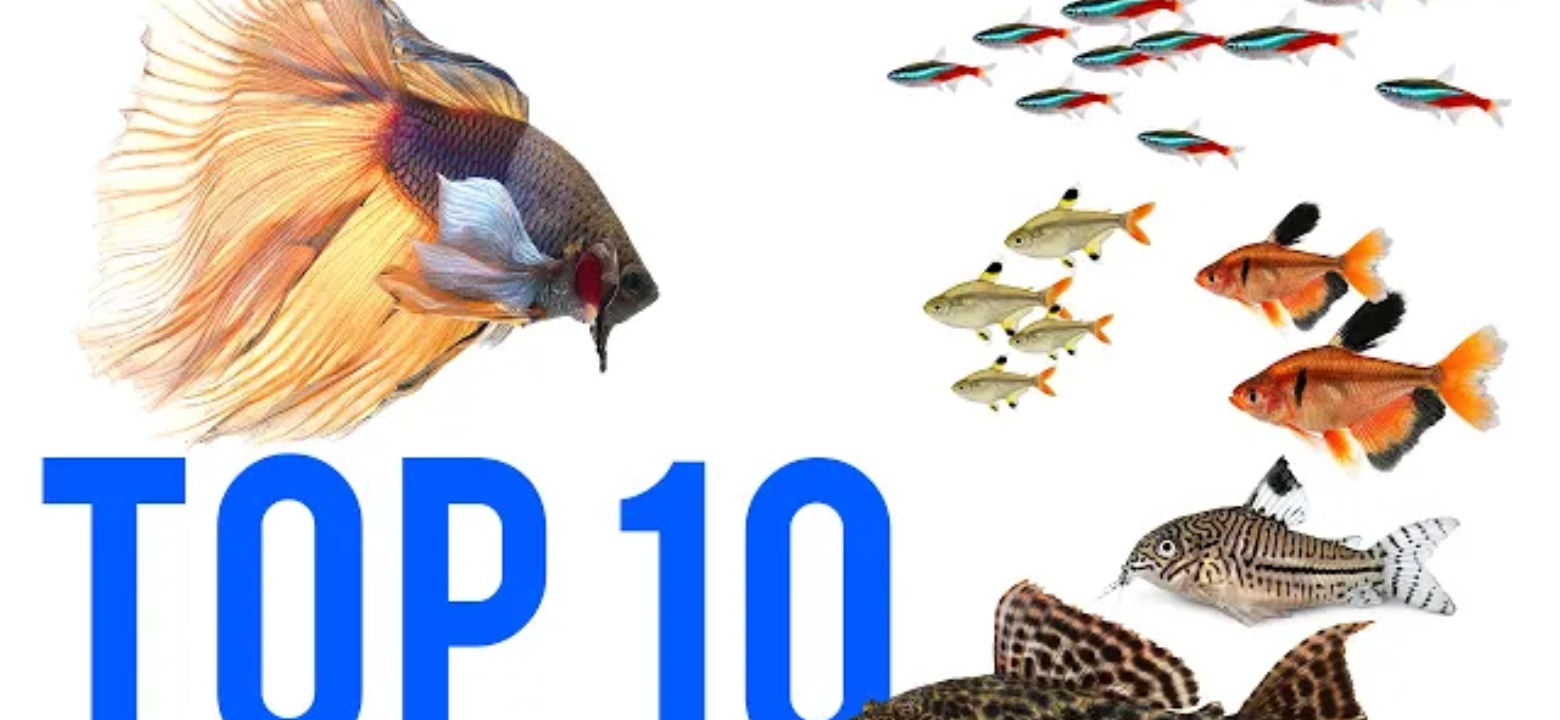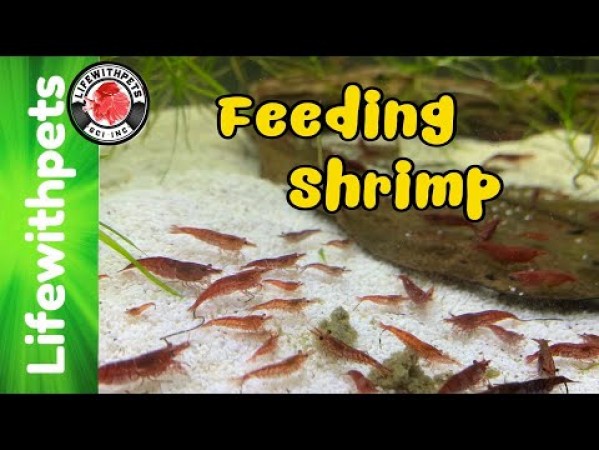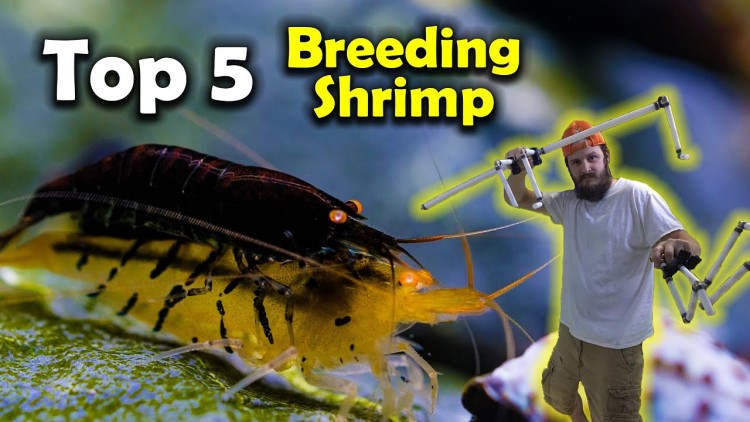- Name:
Harlequin Shrimp
- Family: Gnathophyllidae
- Species: Shrimp
- Scientific Name: Hymenocera elegans
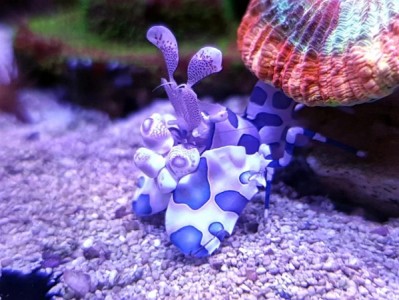


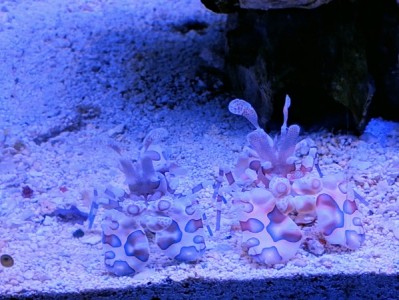

General info about Harlequin Shrimp
The Harlequin Shrimp was first scientifically described in 1852. The Harlequin Shrimp have a white body with large light blue spots, and the males are slightly smaller than the female. It differs from its close cousin, the Hawaiian H. picta which has purple and red spots. It has large claws (chelipeds) which are for show only; it does not use them for hunting. The Harlequin Shrimp is best kept as mated pairs in an aquarium with moderate light.
Harlequin shrimp are found on the rubble piles outside of coral reefs from Hawaii to the Indo-Pacific region. There are regional color differences with the Indo-Pacific specimens having white bodies with maroon to purple spots with blue outlines, while the Hawaiian variant has a white to cream colored body with bright pink to magenta colored spots.
These shrimp tend to be shy at first and need a safe place to hide. Often times they will pick a cave and turn that into their lair, they use this for resting and for eating, dragging their prey into it to be able to eat in safety. They are also vulnerable to strong currents and will shy away if your tank has too much flow.
The temperature between 75-80° F and pH between 8.1-8.4 is ideal with sg 1.024-1.026 (1.025 is ideal). Maintaining proper pH, Ca, Alk, & Mg levels is important for Harlequin Shrimp. Providing additions of iodine will help the Harlequin Shrimp to molt and grow. It is important that proper calcium (420-440 ppm), alkalinity (8-9.5 dKH - run it 7-8 if you are carbon dosing), and magnesium levels (1260-1350 ppm) are maintained. Raising magnesium levels gradually up to 1400-1600 ppm can help to combat algae outbreaks, just keep CA and Alk in line as you raise the Mg. Nitrates should be below 10 ppm and phosphates should be below .10 ppm. We recommend doing a water change when Nitrate levels rise to 10 ppm. It is important to replace your phosphate media when phosphates rise to .10 ppm. Media Reactors make the most efficient use of your phosphate media by fluidizing it.
Harlequin Shrimp like all shrimp, shed their exoskeletons as they grow because their hard outer shell doesn’t grow with them. As they grow, a new shell develops under the old one. When it’s ready to grow, their old shell splits open and they emerge in their new shell.
Harlequin Shrimp can be kept with smaller fish and many kinds of crabs. Other shrimp can be an issue, though, as all shrimp tend to be territorial. Harlequin shrimp do not have a lot of natural predators in the wild. In a tank, however, they are likely to be picked on by any fish that eats shrimp. Triggers, Larger Hawkfish, Groupers, Lionfish, and large predatory Wrasses may eat Harlequin Shrimp. Wrasses, in particular, can be a problem, but any large fish can pose a potential threat. Even if the larger fish won’t eat the shrimp, the threat from predators can keep them in hiding. Since their natural food is starfish (more on that in a bit), don’t keep them with any decorative starfish or sea urchins that you don’t want to see eaten.
Harlequin Shrimp Diet & Nutrition
The Harlequin Shrimp is a carnivore. The Harlequin Shrimp feeds almost exclusively on starfish and is especially useful in ridding your aquarium of the parasitic Asterina Starfish. It requires only one larger starfish per month to maintain proper health. When kept in aquariums with infestations of small starfish additional feeding is usually not required. It is reported that they may eat the tubercles of urchins if no other food is available.
A pair of harlequins goes on the hunt for starfish, able to smell their prey, even if the echinoderm is hidden. Once they find a starfish, they will stand on top of it to immobilize it before flipping it over. As soon as the starfish is on its back the pair will begin to drag it to their lair for feasting upon.
Determining Sex of Harlequin Shrimp
In general, they grow to a maximum size of 2 inches. Females will be significantly larger than the males.
Breeding & Spawning Harlequin Shrimp
The Harlequin Shrimp are either male or female and form monogamous relationships. They are often seen in pairs with the exception of in spring when younger specimens are seen on their own. The female can only mate at a certain stage of molting. Breeding is an extremely challenging process that requires much dedication. Females typically carry the eggs for 2-4 weeks before they hatch into larvae (the length of time will be temperature dependent) and these are released into the current, often late at night. The larvae are light receptive which makes them easier to catch in a cup and transfer to a rearing tank (filled with water from the main aquarium). It is important to maintain excellent water quality at all times as the larvae are extremely delicate. Live copepods are needed as a first food.
Harlequin Shrimp Origin
The Harlequin Shrimp are distributed across the Indo Pacific area. They are found up the East African coast across to Australia and New Zealand and up to Japan and across to Hawai. They are found from depths of one meter to at least thirty meters on the Tanzanian coast.
Caution with Harlequin Shrimp
They can not handle copper or nitrates in the water (chemicals commonly used to treat parasite infestations in fish).
The Harlequin Shrimp can not tolerate copper or high nitrates, and iodine levels must be correct and maintained to ensure proper molting.
Acclimating Harlequin Shrimp
Take the time to do a drip acclimation with any shrimp as they do not tolerate rapid changes in water chemistry very well.
Original Detail
| Name | Species | Family | Scientific Name | More Detail | Added by |
|---|---|---|---|---|---|
| Harlequin Shrimp | Shrimp | Gnathophyllidae | Hymenocera elegans | The Harlequin Shrimp was first scientifically described in 1852. The Harlequin Shrimp have a white body with large light blue spots, and the males are slightly smaller than the female. It differs from its close cousin, the Hawaiian H. picta which has purple and red spots. It has large claws (chelipeds) which are for show only; it does not use them for hunting. The Harlequin Shrimp is best kept as mated pairs in an aquarium with moderate light. Harlequin shrimp are found on the rubble piles outside of coral reefs from Hawaii to the Indo-Pacific region. There are regional color differences with the Indo-Pacific specimens having white bodies with maroon to purple spots with blue outlines, while the Hawaiian variant has a white to cream colored body with bright pink to magenta colored spots. These shrimp tend to be shy at first and need a safe place to hide. Often times they will pick a cave and turn that into their lair, they use this for resting and for eating, dragging their prey into it to be able to eat in safety. They are also vulnerable to strong currents and will shy away if your tank has too much flow. The temperature between 75-80° F and pH between 8.1-8.4 is ideal with sg 1.024-1.026 (1.025 is ideal). Maintaining proper pH, Ca, Alk, & Mg levels is important for Harlequin Shrimp. Providing additions of iodine will help the Harlequin Shrimp to molt and grow. It is important that proper calcium (420-440 ppm), alkalinity (8-9.5 dKH - run it 7-8 if you are carbon dosing), and magnesium levels (1260-1350 ppm) are maintained. Raising magnesium levels gradually up to 1400-1600 ppm can help to combat algae outbreaks, just keep CA and Alk in line as you raise the Mg. Nitrates should be below 10 ppm and phosphates should be below .10 ppm. We recommend doing a water change when Nitrate levels rise to 10 ppm. It is important to replace your phosphate media when phosphates rise to .10 ppm. Media Reactors make the most efficient use of your phosphate media by fluidizing it. Harlequin Shrimp like all shrimp, shed their exoskeletons as they grow because their hard outer shell doesn’t grow with them. As they grow, a new shell develops under the old one. When it’s ready to grow, their old shell splits open and they emerge in their new shell. Harlequin Shrimp can be kept with smaller fish and many kinds of crabs. Other shrimp can be an issue, though, as all shrimp tend to be territorial. Harlequin shrimp do not have a lot of natural predators in the wild. In a tank, however, they are likely to be picked on by any fish that eats shrimp. Triggers, Larger Hawkfish, Groupers, Lionfish, and large predatory Wrasses may eat Harlequin Shrimp. Wrasses, in particular, can be a problem, but any large fish can pose a potential threat. Even if the larger fish won’t eat the shrimp, the threat from predators can keep them in hiding. Since their natural food is starfish (more on that in a bit), don’t keep them with any decorative starfish or sea urchins that you don’t want to see eaten. |
PalaciosAn |


